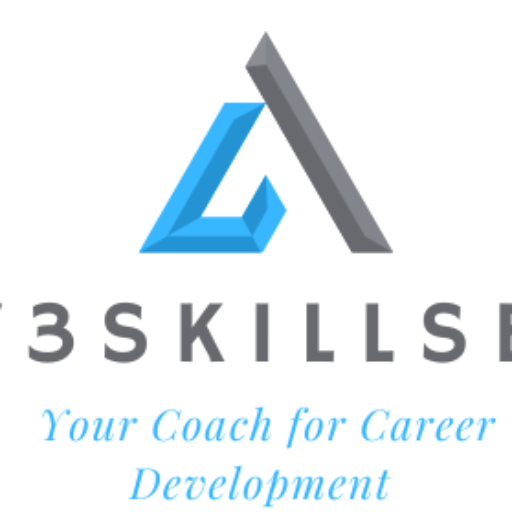How to Migrate from Azure Synapse to Microsoft Fabric
A Step-by-Step Guide to a Smarter, Unified Analytics Platform
As Microsoft transitions to its unified analytics platform—Microsoft Fabric, many organizations using Azure Synapse Analytics are now asking:
Should we migrate to Fabric?
What’s the migration path from Synapse?
Will we lose anything?”
In this blog, we’ll walk through why migrating to Microsoft Fabric makes sense, the benefits, and a step-by-step guide to help you transition from Azure Synapse smoothly and strategically.
Why Migrate from Azure Synapse to Fabric?
Microsoft Fabric isn’t just a rebrand—it’s a full transformation of how data analytics is done.
Key Reasons to Migrate:
- All-in-One Platform: Combines Synapse, Power BI, Data Factory, and OneLake
- SaaS Simplicity: No infrastructure to manage—just log in and build
- Better Collaboration: Real-time co-authoring, integrated governance
- Lower Overhead: Pay-per-capacity pricing with centralized management
- Direct Integration: Seamless with Power BI, Copilot (AI), and Microsoft 365
Think of Fabric as Synapse++, with cleaner UX, deeper integration, and full-stack analytics capabilities.
Key Component Mapping: Synapse → Fabric
| Azure Synapse Feature | Fabric Equivalent |
|---|---|
| Dedicated SQL Pools | Fabric Data Warehouse |
| Serverless SQL Pools | T-SQL endpoint in Warehouse |
| Notebooks (Spark) | Fabric Notebooks |
| Pipelines | Fabric Data Pipelines |
| Linked Services/Datasets | Fabric Dataflows / Connectors |
| Lake Database | Fabric Lakehouse (Delta format) |
| Power BI Integration | Native, deeper in Fabric |
Step-by-Step Migration Plan
Step 1: Assess Your Current Synapse Environment
Inventory all:
- SQL Pools (Dedicated & Serverless)
- Pipelines and linked services
- Spark Notebooks
- Storage accounts / Data Lakes
- Security settings and access controls
Document dependencies (e.g., downstream Power BI models)
Goal: Understand what you need to move and what Fabric equivalents exist.
Step 2: Set Up Your Microsoft Fabric Workspace
Activate Fabric trial or license (via Microsoft 365 admin center or Azure portal)
Set up your workspace and user roles
Enable OneLake (Fabric’s centralized data storage)
Goal: Establish a clean, secure environment for testing and staging migration.
Step 3: Migrate Data to OneLake
Move data from:
- Azure Data Lake Storage Gen2
- Blob Storage
- On-premise or SQL sources
Use Data Pipelines or Dataflows Gen2 to ingest and transform data
Use Delta format for lakehouse compatibility (Fabric supports ACID transactions via Delta tables)
Step 4: Rebuild Pipelines and ETL Processes
Replicate Synapse Pipelines using Fabric Pipelines (very similar interface)
Replace Linked Services with Fabric connectors
Schedule refreshes and trigger dependencies as needed
Test every step with sample data before full-scale implementation
Step 5: Recreate Data Models and SQL Queries
- Rebuild your SQL Pools using:
- Fabric Warehouse (for structured, analytical workloads)
- T-SQL endpoint on Lakehouse (for querying raw/semi-structured data)
- Use Notebooks for Spark and advanced transformations
- Ensure security roles and RLS policies are replicated
Step 6: Reconnect Power BI Reports
Repoint Power BI datasets to:
- Fabric Warehouse or Lakehouse
- DirectLake mode (for real-time performance)
Test reports, visuals, DAX calculations
Fabric and Power BI are natively integrated, so you’ll notice improved performance and fewer compatibility issues
Step 7: Test, Optimize, and Launch
Validate:
- Query performance
- Scheduled refreshes
- User access and governance
Monitor usage and cost with Fabric admin tools
Go live when your stakeholders have signed off on stability and performance
Tools That Can Help
Microsoft Learn: https://learn.microsoft.com/en-us/fabric/
Data Migration Assistant (for compatibility analysis)
W3SKILLSET Templates: Custom dashboards and migration checklists
Migration Considerations
| Factor | Synapse | Fabric |
|---|
| Maintenance | Manual infrastructure mgmt | Fully managed SaaS |
| Performance | Scalable, but requires tuning | Auto-scaled via capacities |
| AI Integration | Limited | Built-in Copilot & ML tools |
| Learning Curve | Moderate | Similar, with new UI |
| Cost Structure | Per-query + storage | Capacity-based (simplified) |
Final Thoughts: Should You Migrate?
If you want a unified analytics platform, tighter Power BI integration, and a low-maintenance environment — Fabric is a smart move.
❌ If you need fine-grained compute control, custom Spark clusters, or hybrid setups, Synapse might still serve short-term needs — but consider parallel Fabric adoption.
Need Help Migrating from Synapse?
At W3SKILLSET, we specialize in:
- Microsoft Fabric onboarding
- Architecture design and cost optimization
- Rebuilding Synapse pipelines, warehouses, and dashboards
- Training your team to use Fabric with confidence




